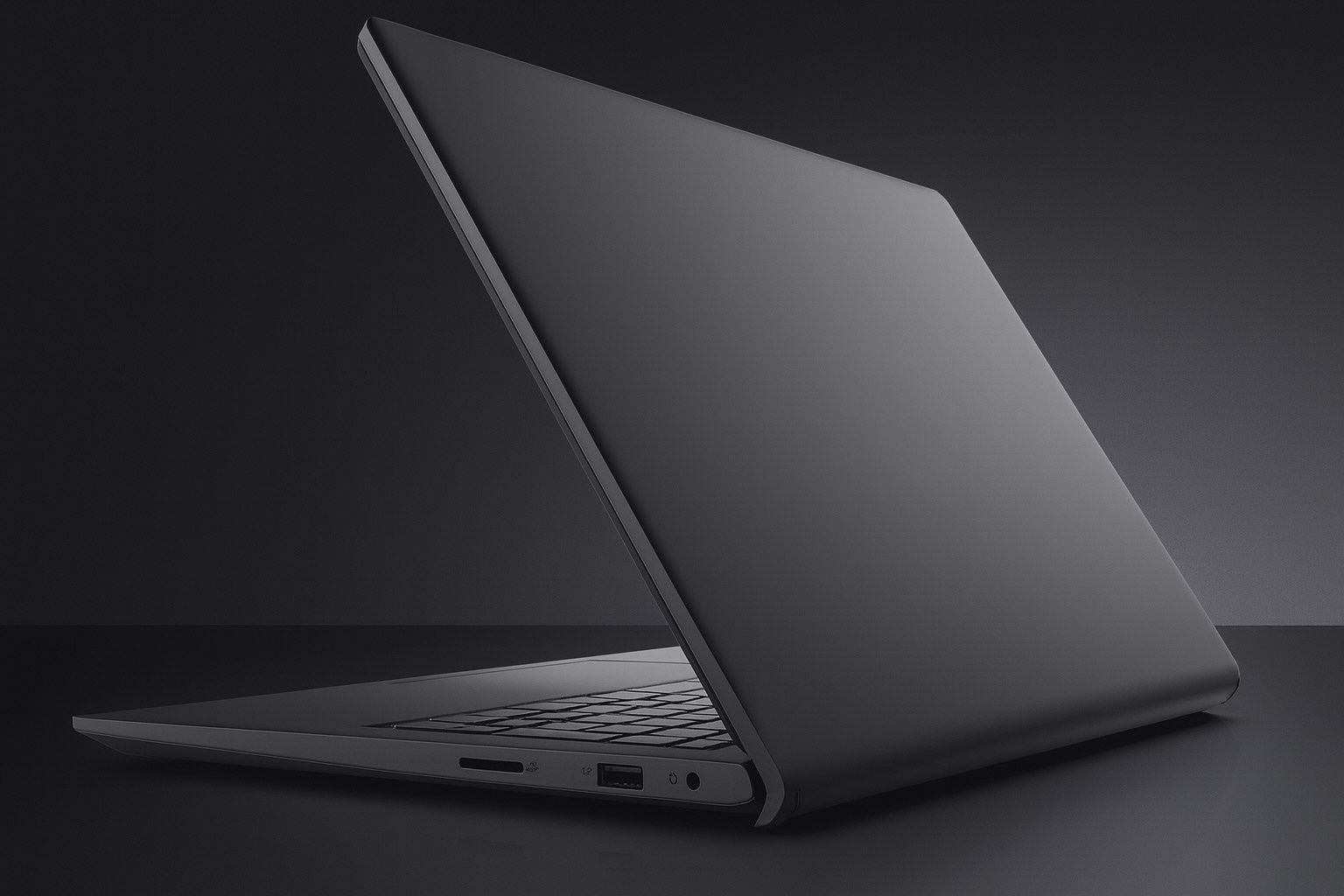
No More Cables: Porsche’s Game-Changing 11 kW Wireless Charging Pad for EVs
Key Facts Porsche’s Wireless Charging Pad – How It Works and Key Features Porsche’s new wireless charging station lets EV owners charge their car as effortlessly as charging a phone or electric toothbrush motortrend.com, only on a larger scale. The










